Samsung hoped to have Park testify that the the company's phone designs were inspired by "a bowl of water," rather than Apple's iPhone, but Apple argued that the designer had worked on the F700, a model that isn't among the list of devices Apple has accused of infringement.
Park was expected to describe how Samsung's F700 project evolved, and how the design team arrived at design decisions and selected its feature set.
Samsung has repeatedly attempted to bring up the F700 in its case with Apple, because it had some design elements patented just weeks before the iPhone was unveiled, even though it wasn't released commercially until after the iPhone debuted. Its legal strategy also hoped to describe the development of its design as being based on function, not on trying to create a ornamental, iconic look similar to Apple's.
Design patents for Samsung's F700 smartphone were applied for in 2006, before the original iPhone was announced.
Source: Apple v. Samsung court documents
In a filling last week, Park was planning to testify that the F700 had "a rectangular housing with four evenly-rounded corners, rounded edges on all four sides, a large, flat clear glass cover over the entire front face without ornamentation, a curved bezel that extends towards the back of the phone, an oblong speaker slot at the top of the front flat face, and a single optical jog button at the bottom of the front face."
The court had already ruled that Samsung's F700 could be admissible to "rebut an allegation of copying," but stated that it "does not constitute prior art" in a way that would invalidate Apple's design patents. Samsung wants to discredit Apple's design patents in particular because they offer Apple the legal leverage to demand all of Samsung's profits under U.S. law.
Technical patents, in contrast, can only be used to seek much smaller damage claims and future royalty payments.
Apple had argued against Park's testimony last week, writing in its motion, "going into the creation history of an alternative design is clearly intended to skirt the Court’s previous rulings. Going into the design history of the F700 in particular is extremely prejudicial because the risk is high that the jury will consider the F700 as evidence of independent development, invalidity, or non-infringement regardless of whether or not Samsung encourages them to do so. In short, there is no permissible purpose for which Samsung can introduce Ms. Park’s testimony on the F700 that is admissible."
Apple also noted that Park herself said that none of Samsung's accused models were based on the F700 her team had developed.
After floating the F700 unsuccessfully as a product shortly after the iPhone, Samsung continued making devices that looked more like RIM's BlackBerry (such as the Windows Mobile Samsung Blackjack), Nokia handsets and other popular phones of the period, until began launching new phones Apple argues were intentionally modeled after the iPhone, immediately after the iPhone became wildly popular.
Additionally, starting with its Galaxy line of mobile products, Samsung began copying not just the overall look of the iPhone, iPad and iPod touch, but went even further to add a "Touchwiz" layer to Android that made its devices far more closely resemble Apple's products than other Android licensee have.
 Daniel Eran Dilger
Daniel Eran Dilger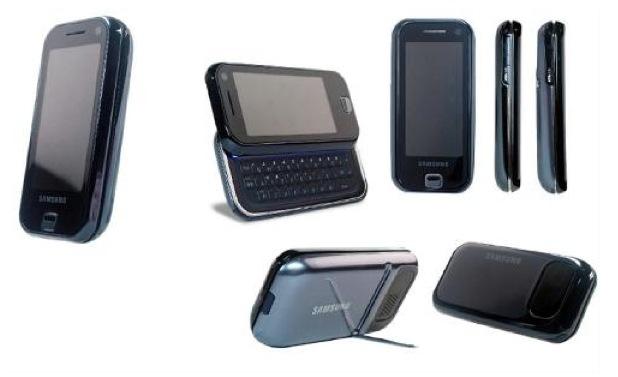
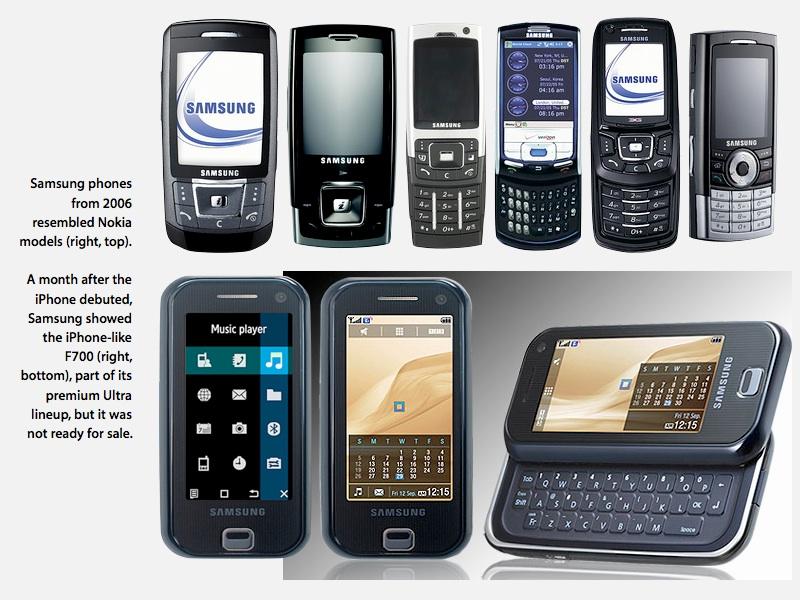







-m.jpg)






 Malcolm Owen
Malcolm Owen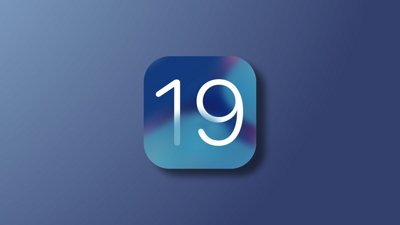
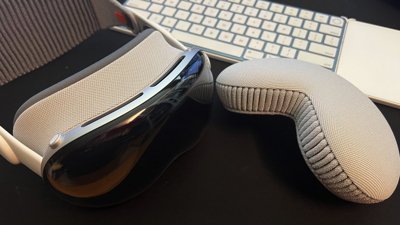
 Mike Wuerthele
Mike Wuerthele
 Christine McKee
Christine McKee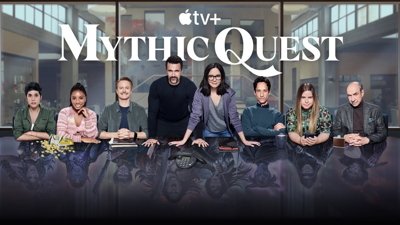
 Charles Martin
Charles Martin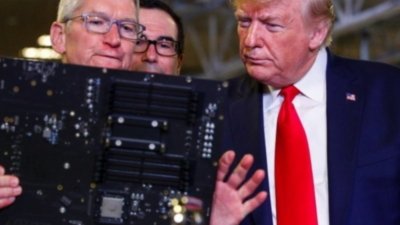

 Marko Zivkovic
Marko Zivkovic
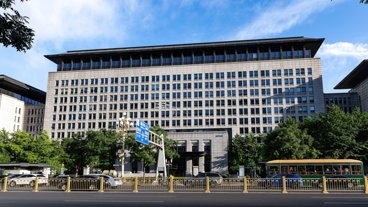
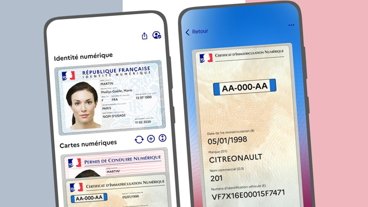
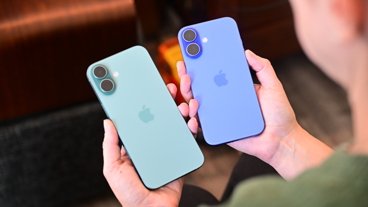
-m.jpg)






57 Comments
The brick with a keyboard modelled in the image of a pond. I can see how that is irrelevant (or is that irreverent?).
bad news for those bunch of criminals. if someone can still give credibility to a company like that (when informed). they give enough info for me to call that person a piece of trash.
(This is not directly related to the story, and I apologize in advance!): Could someone please give me a link to the fabulous photos that get posted which show the extent of Samsung's (alleged) copying of Apple products? Hopefully, all in one place?
Back to the story, I am actually looking forward to Week 2 more than Week 1 because it'll be fascinating to see Apple's dismantling of Samsung's defense. Forget the $$. I hope it leaves them with enough reputational pie in the face so that they -- and the ones like them -- think twice about doing this sort of thing again. (Also, it would appear that the judge blocked another key witness, one that Samsung was trying to sneak by Apple without allowing Apple to depose him: http://tech.fortune.cnn.com).
(This is not directly related to the story, and I apologize in advance!): Could someone please give me a link to the fabulous photos that get posted which show the extent of Samsung's (alleged) copying of Apple products? Hopefully, all in one place?
Here ya go.
http://www.scribd.com/doc/102595858/Apple-s-August-2010-presentation-to-Samsung-on-iPhone-patents
Don't understand why the court feels it's fair that Apple is allowed to subjectively compare Samsung's product to their own, while Samsung isn't allowed to objectively compare their own products against each other. Obviously Apple is blocking the F700 because it is a viable defense for Samsung.
Come on, Apple is not fooling anyone. To block evidence by calling it "irrelevant" is a lot like saying "It's relevant and that's why we're avoiding it." If it were truly irrelevant, there'd be no such fuss.